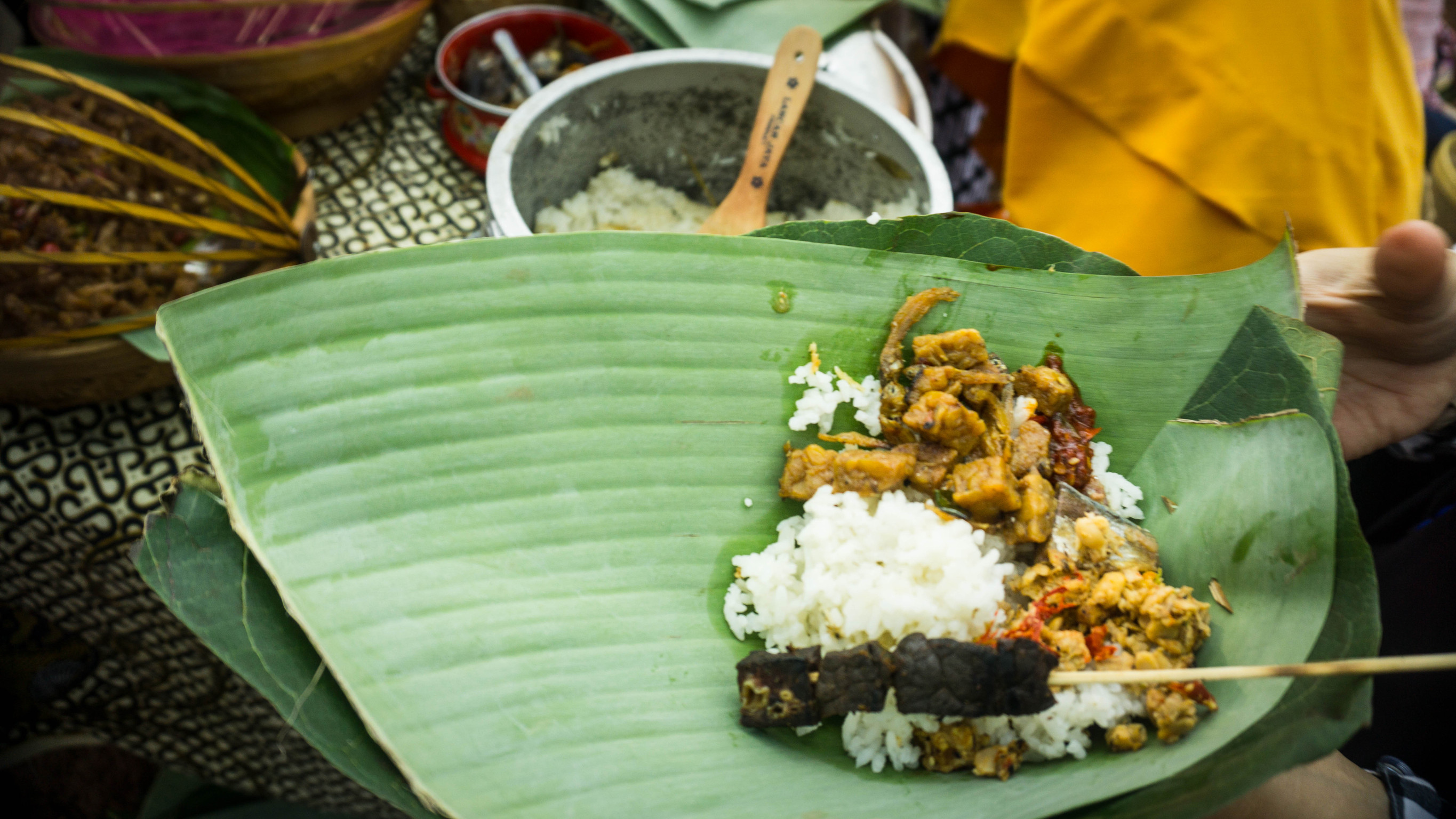In the rolling hills of northern Togo lies one of Africa's most remarkable cultural landscapes, where ancient architectural traditions continue to thrive in perfect harmony with modern life, creating a living museum that demonstrates the enduring power of traditional knowledge and sustainable living practices.
Koutammakou, recognised by UNESCO as a World Heritage site of outstanding universal value, represents far more than a collection of historic buildings; it embodies a complete cultural system that has maintained its vitality and relevance for over 500 years whilst adapting to contemporary challenges without losing its essential character.
The Batammariba People: Guardians of Ancient Wisdom
The Batammariba people, also known as the Somba, have created and maintained one of Africa's most sophisticated traditional societies, where architectural innovation, agricultural sustainability, and social organisation combine to create a comprehensive cultural system that challenges Western assumptions about development and progress.
Their name, "Batammariba," means "those who are the real architects of earth," reflecting their mastery of building techniques that create structures perfectly adapted to the environment while serving complex social, spiritual, and practical functions.
Social organisation among the Batammariba includes sophisticated governance, conflict resolution, and cultural transmission, ensuring cohesion and the preservation of traditional values. Their elaborate ceremonies, artistic traditions, and spiritual beliefs create social bonds that strengthen the community’s resilience.
Takienta: Architectural Marvels of Traditional Africa
The iconic Takienta tower houses represent one of Africa's most distinctive and sophisticated architectural achievements. Their multi-level design maximizes space efficiency and provides natural climate control, while their construction uses entirely local materials—clay, wood, thatch—combined by hand and maintained through generations.
These homes serve as family compounds, granaries, and spiritual centers. Defensive features—elevated positions, narrow entrances—reflect historic security needs, while sacred spaces and symbolic decorations connect the physical with the spiritual.
Living Traditions in a Modern World
Koutammakou demonstrates that traditional cultures can maintain authenticity and vitality while adapting to the modern world. Agricultural techniques here sustain soil fertility and food security. Craft traditions—pottery, weaving, metalworking—support the local economy and preserve culture. Education combines traditional and modern knowledge. Healthcare blends ancient healing with access to medicine.
Experiencing Koutammakou: A Visitor's Guide
Visiting Koutammakou is best done with a local guide, who can interpret architecture and customs and foster respectful, positive exchanges. Guided tours include visits to compounds, construction demonstrations, and participation in traditional activities.
Cultural etiquette is important: dress modestly, respect sacred spaces, and always seek permission before taking photos. Traditional guesthouses offer immersive stays, and visitors can try pottery, farming, or crafts for deeper cultural insight.
Practical Tips
- Best time to visit: dry season (November–March)
- 4x4 vehicles recommended due to road conditions
- Book accommodation through local associations
- Learn basic Batammariba customs before arrival
The UNESCO Recognition: Why It Matters
UNESCO recognition of Koutammakou goes beyond preserving buildings; it honors the living culture, sustainable knowledge systems, and community spirit that define this region. International support aids preservation and responsible tourism, while research and cultural exchange further global understanding.
"Koutammakou is not just a site to visit; it is a living, breathing community where every building, custom, and ceremony is a lesson in sustainable living and human creativity."
Sustainable Tourism and Community Benefits
Sustainable tourism here means community ownership, local jobs, and cultural transmission. Tourism supports traditional practices, infrastructure, and environmental protection—so your visit helps preserve what makes Koutammakou unique.
Planning Your Visit to Koutammakou
The dry season (Nov–Mar) offers the best access and festival experiences. Arrange 4WD transport, book guesthouses early, and come prepared for cultural immersion and rural travel. Health precautions (yellow fever vaccination, basic meds) are recommended.
Beyond Architecture: The Complete Cultural Experience
Koutammakou is a window into Africa’s living heritage—architecture, agriculture, art, and community all intertwined. Participate in workshops, attend ceremonies, and experience traditional governance and daily life firsthand.
This is a destination for travelers seeking depth, learning, and authentic connection—a true model for how living traditions can flourish alongside modern realities.
